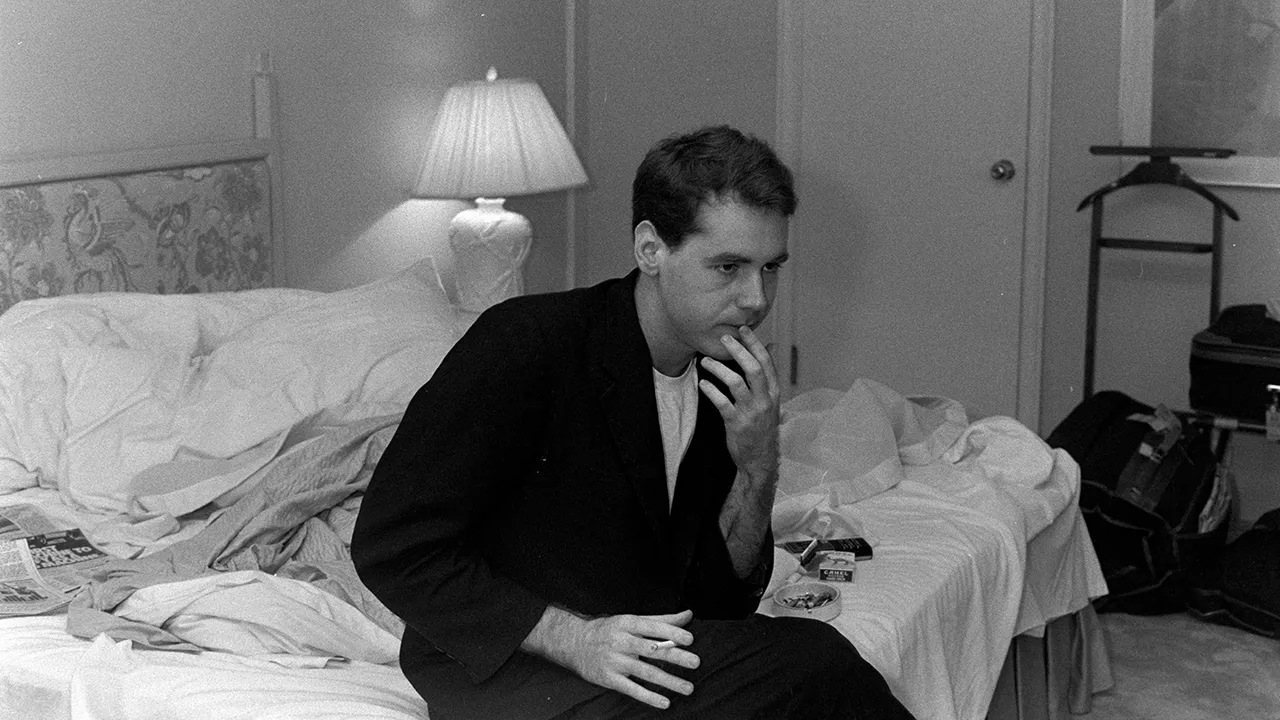Table of Contents Show
At the beginning of last year, famous author Bret Easton Ellis wrote his first novel in thirteen years called The Shards.1Ellis, Bret Easton. The Shards. Knopf, 2023. Ellis has never followed typical writing conventions, but The Shards is in a genre of its own, even for him. It’s part autofiction, part thriller, part horror, part coming of age, and even somehow, part romance. The Shards (2023) as a story is fascinating, but even more fascinating is the conversation it raises about the blurred lines between truth and fiction, and novels in general.
The Genre Of “Autofiction”
Autofiction, put simply, is a fictionalized version of an autobiography or a memoir. For a fictionalized account of their life, an author might change names, character details, subplots, or even imagine an entirely new event or narrative.

The name for the genre was created fairly recently by literary standards, in 1977, by Serge Doubrovsky for his novel Fils. Since there has been much debate about what exactly falls under the category, the only popular book in recent years that has explicitly used this genre label was On Earth We’re Briefly Gorgeous by Ocean Vuong; there are most likely plenty of other autofiction books that are just not specifically defined as autofiction.2Warner, Brooke. “Autofiction: What It Is and What It Isn’t.” Publishers Weekly. 2021, January 8.
Exploring Bret Easton Ellis: Authorship & Characters
For those unfamiliar with his name, Brett Easton Ellis is probably most popular for his novel American Psycho and its movie adaptation.3Ellis, Bret Easton. American Psycho. Vintage, 1991. While American Psycho isn’t the most similar to his other books in terms of voice and narrator, it definitely is in terms of content. Ellis likes to write about shocking, vulgar topics; namely sex, murder, and body horror. His writing is graphic, quick-witted, and candid.
Surprisingly enough, this isn’t the first time Ellis has written at least something adjacent to autofiction. His 2005 novel Lunar Park was referred to as a “mock memoir,” in which he, similarly to The Shards, is also the narrator/main character of the story.4Ellis, Bret Easton. Lunar Park. Knopf, 2005. And a lot of his other fictional novels still bear close resemblance to his own life — Less Than Zero’s setting mimics where Ellis grew up, 5Ellis, Bret Easton, Less Than Zero. Simon & Schuster, 1985. The Rules of Attraction takes place in practically an exact copy of Bennington College, where he attended, 6Ellis, Bret Easton. The Rules of Attraction. Simon & Schuster, 1987. and Glamorama is about 90s New York City celebrity culture, which he was heavily involved in. 7Ellis, Bret Easton. Glamorama. Knopf, 1998.

For Ellis, there is clearly an attraction and an obsession with reality and the past. Specifically, embellishing the past. He explains in an interview that he’s “just trying to sort out what’s going on in [his] life at the time, and these books reflect it.” 8Bollen, Christopher. “Bret Easton Ellis.” Interview Magazine. 2010, June 2.
Lunar Park is his only other novel before The Shards to be narrated by the character of “Bret Easton Ellis.” The difference is that what parts are memoirs and what parts are “mock memoirs” as the novel is described, are much clearer. Lunar Park begins with a relatively accurate account of Bret’s life but then diverges into an alternate reality in which he is married to a fictional celebrity, has a fictional son, is working on a novel that was never published, and lives in an essentially apocalyptic world.
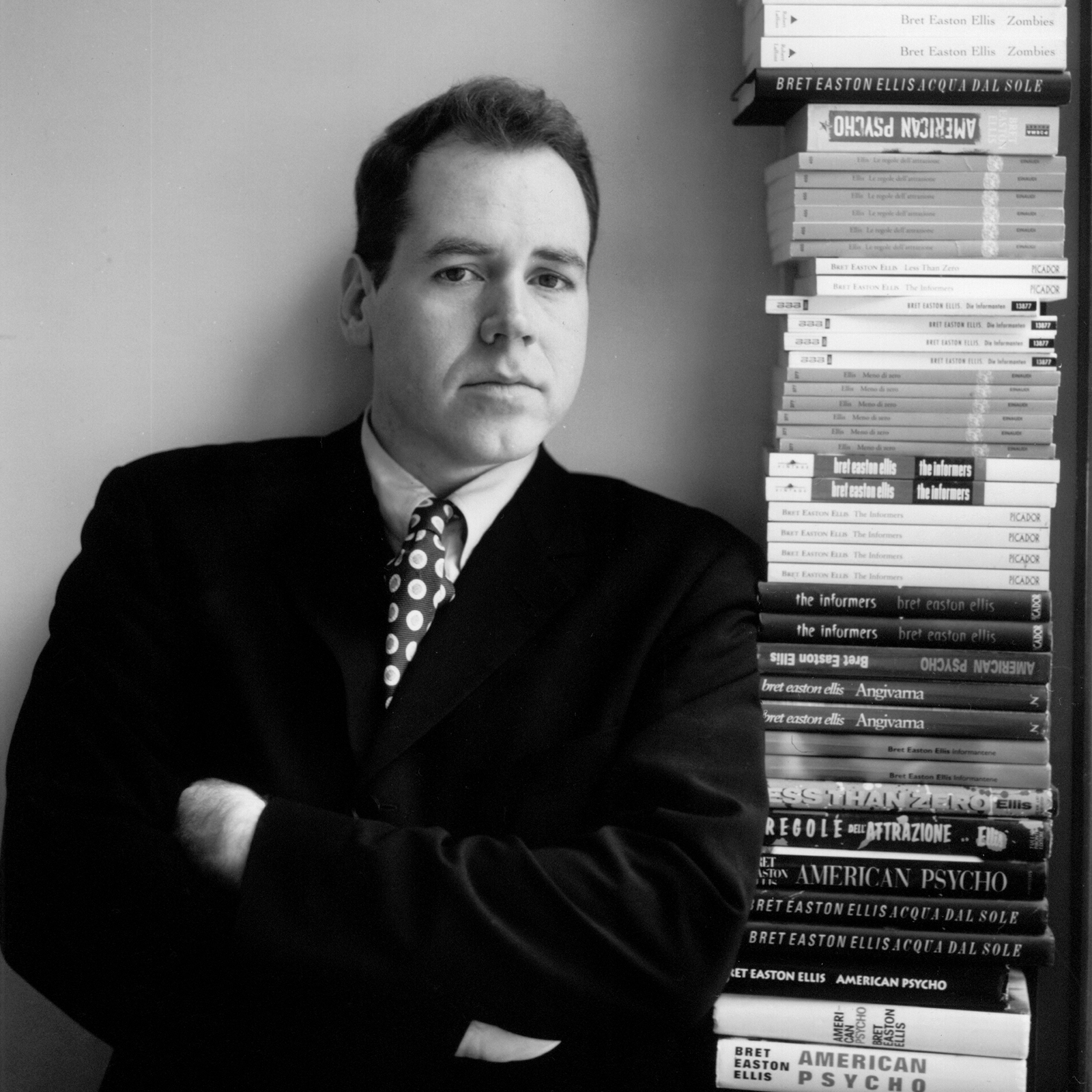
The Shards, on the other hand, is about a Bret Easton Ellis from the past, and every verifiable piece of public information he drops in it is true. The rest is left ambiguously. He’s certainly played with the line between reality and fiction, but he hasn’t done it so overtly and significantly until now—he has never not told readers what is fiction and what isn’t.
‘The Shards’ (2023)
Spoiler warning: This section contains spoilers of the contents of the novel The Shards. To avoid this, skip to section 4, “Blurring The Lines Between Reality And Fiction.”
The Shards follows a fictionalized version of seventeen-year-old Bret and his friends attending their senior year of elite prep school, Buckley, in 1981. He and his friends live in Los Angeles and are heavily entrenched in this extremely wealthy, teenage 1980s Hollywood culture — they all have live-in housekeepers and swimming pools in their backyards, are addicted to coke and Valium and Quaaludes, go to parties hosted by famous directors, and own luxury cars at seventeen years old.

Bret’s senior year is defined by three things: the introduction of a new kid, Robert Mallory, to his school, the increasing presence of a serial killer nicknamed “the Trawler” in the news, and his ongoing relationships and attraction to multiple different people all at the same time: his girlfriend Debbie, his best friends Susan and Thom (who are also dating each other), the new kid Robert Mallory, and two different guys he hooks up with on the regular, Matt and Ryan. These things intertwine more and more throughout the novel until they are all connected together.
As soon as Robert Mallory shows up at Buckley, Bret immediately distrusts him because he swears he remembers seeing him at a movie a year ago, but Robert vehemently denies this. The reason Bret remembers this so vividly is because Robert is just that physically attractive; this is also what causes Bret’s friends to welcome him into the group and what allows him to get away with his lying.
For a lot of the story, Bret spends his time going to school, doing drugs, and writing his first novel (which is actually named Lunar Park)9Ellis, Bret Easton. Lunar Park. Knopf, 2005., and thinking about his confusing feelings for the people in his life. He feels a sense of devotion to his girlfriend Debbie, but is not particularly attracted or unattracted to her. He loves his best friends Thom and Susan immensely, but also would pursue things with either of them at the drop of a hat if they offered.
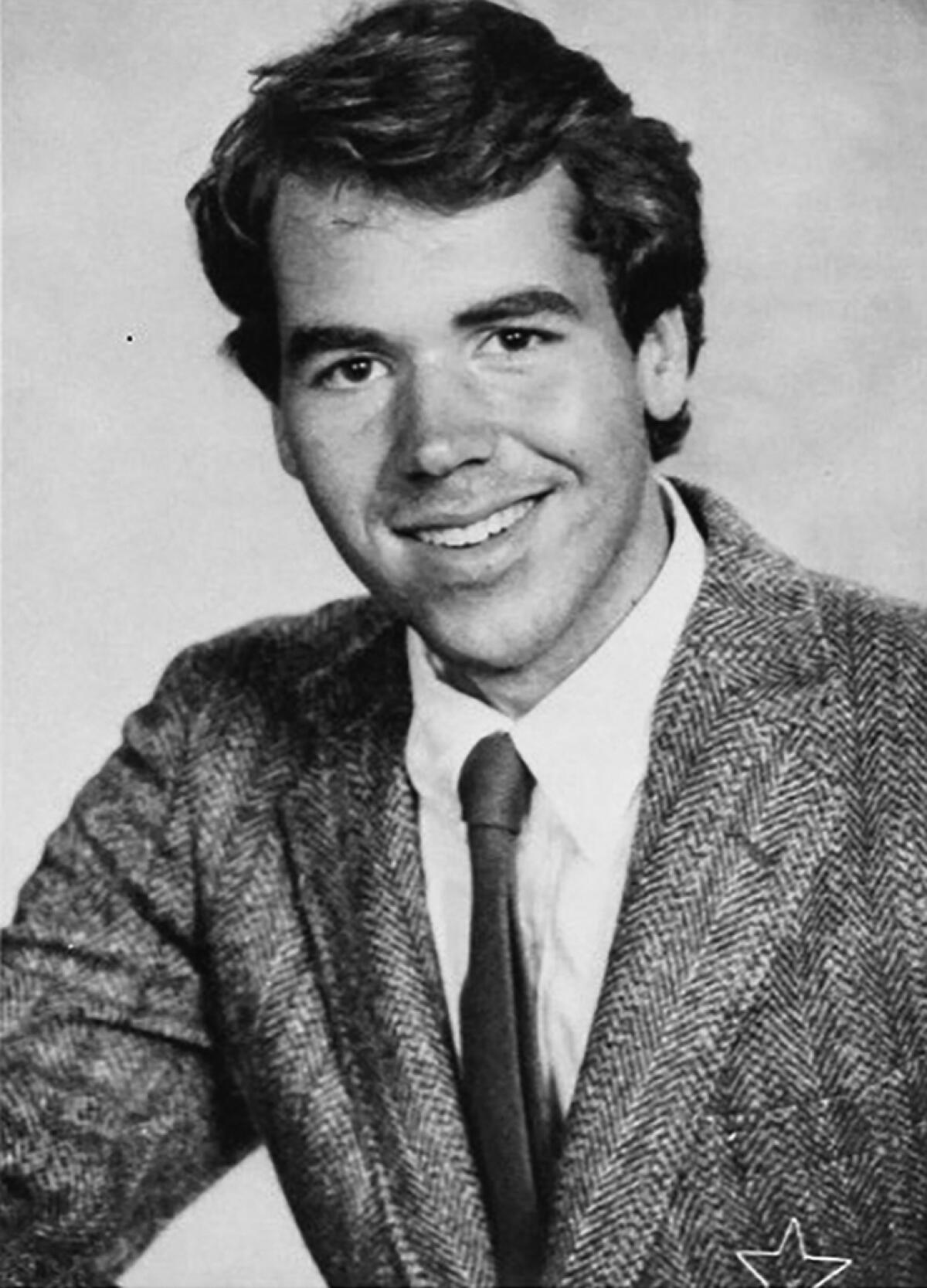
He thinks he has a solely physical relationship with the guys at his school he has casual sex with, Matt and Ryan, but throughout the story he begins to realize that maybe he had love for each of them as well. And his attraction to Robert Mallory at times eclipses and at others amplifies his fear and suspicion of him. The idea that attraction can sometimes have nothing to do with and everything to do with love, or hate, or even fear, is a theme that carries throughout almost every plot thread in the novel.
The novel’s events kick off when Matt dies in a mysterious way. When Matt dies, Bret realizes that a lot of aspects of his death aligned with the Trawler’s other victims’: his pets had been stolen weeks prior, he had been receiving phone calls where the caller would remain silent on the other end, and after visiting Matt’s home, found that he had been mutilated in a similarly disgustingly gory way as the other victims. This heightens Bret’s obsession with the Trawler.
He begins to think that Robert Mallory might have something to do with or actually be the Trawler himself, and warns his friends of this suspicion often, though they don’t believe him. He starts questioning Robert more and following his car around, even at one point following him on a trip to Palm Springs and breaking into his home.
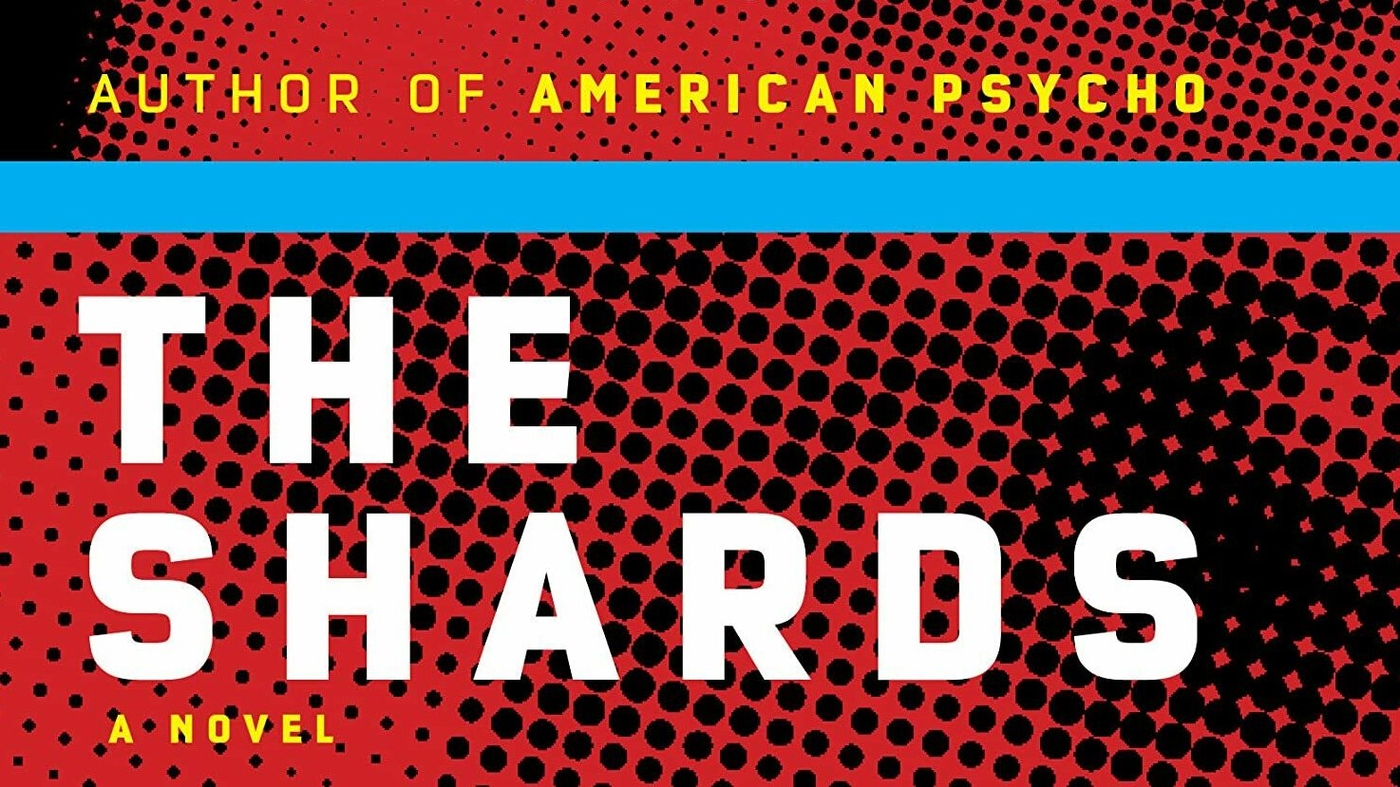
At the climax of the story, his friends become victims of the Trawler too. Debbie begins receiving silent phone calls and one of her pets gets killed, the same treatment the victims of the Trawler have been getting, and then gets attacked but narrowly escapes and survives. Bret also witnesses Thom and Susan get attacked by a man in a mask who he immediately assumes is Robert, though they manage to escape when Susan bites him on the arm. Because of this, he goes over to Robert’s apartment to confront him, and they get into a heated fight that ends in Robert falling off the balcony to his death.
It is later discovered by police that Robert wasn’t the Trawler after all, but that he was still involved in some way. In a letter to the police, the Trawler nicknames Robert “the God” and reveals that they have committed these murders as an act of sacrifice for him. They own up to all the attacks except for those on Susan and Thom, and strangely enough, Susan later notices a bruise on Bret’s arm that she thinks looks like a bite mark in the exact same place as her attacker’s. They don’t talk about it again however, as Susan finishes off her senior year at a different school, most likely to get away from the whole situation.
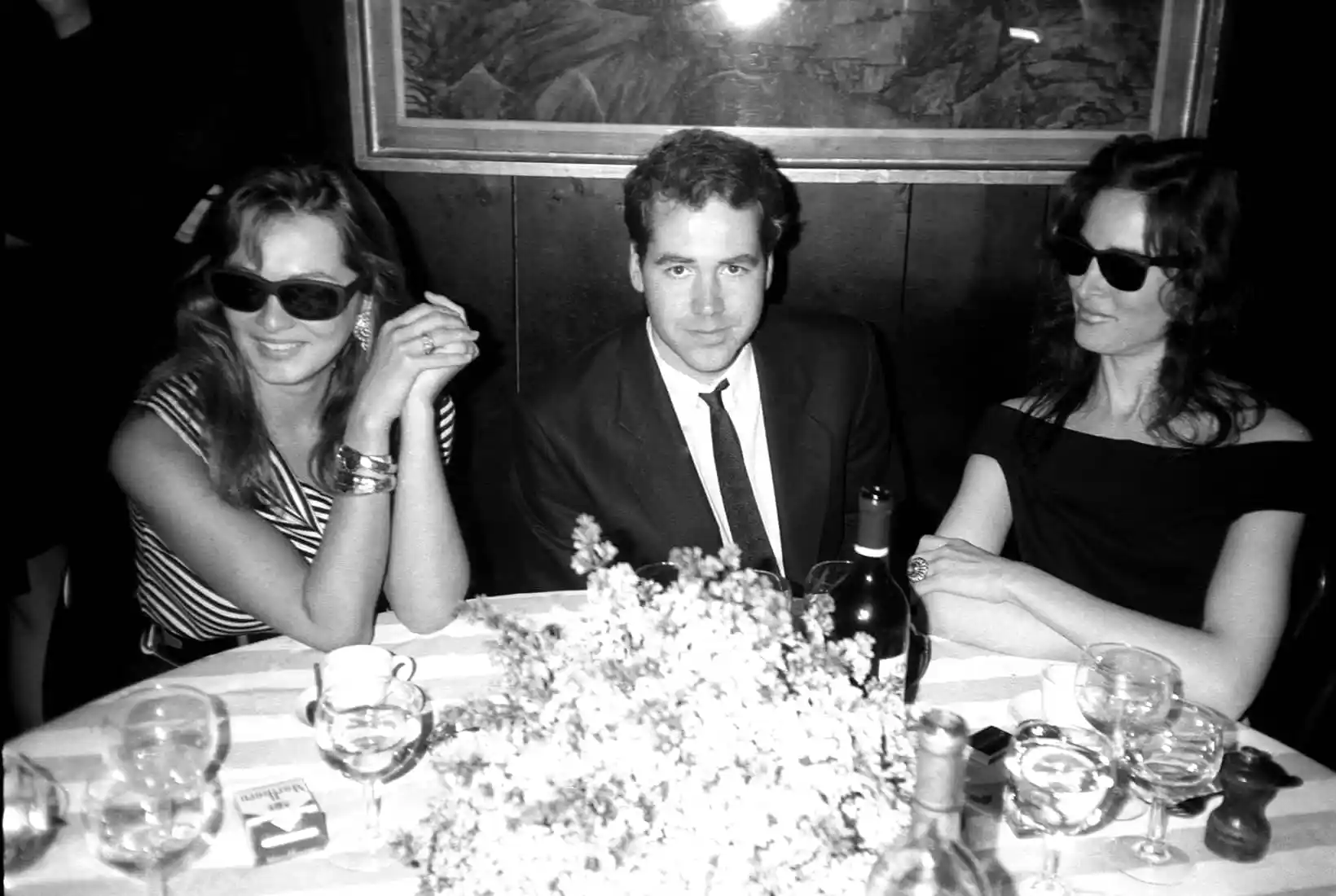
The novel ends with Thom talking to Bret twenty years later at one of his book signings, where Thom asks Bret if he was the one who attacked them. Bret denies it completely, and we are left wondering who the Trawler was, what Bret really did, and what aspects of the narrative Bret has altered and what is the truth.
Blurring The Lines Between Reality And Fiction
Evidently, the novel asks readers to question reality on multiple levels, and it’s almost meta in that sense. If the entirety of the events in the novel were true, the real-life Bret Easton Ellis would be admitting to stalking, breaking and entering, burglary, and manslaughter, all before the age of eighteen. It is extremely hard to believe that all of these things happened — some of them must be embellished.
We are asked to wonder if Bret the character was telling the truth to the characters in the story and to us, and how much Bret the author was pulling from reality, and how much was completely fabricated. We are asked to question whether or not Bret was changing information and leaving out details, such as his possible involvement with the attack on Susan and Thom.

But just how much of the story was fictionalized? Well, the interesting thing about Bret Easton Ellis both as a character and as a writer is that he is self-admittedly an embellisher—he likes to take the truth and spin it, exaggerate it.
The Writer’s Delusion
A quote that permeates throughout the entire novel is this one:
“I suddenly thought again: as a writer, you’re always hearing things that aren’t there.”
ellis, Bret easton. The Shards, 2023. 10Ellis, Bret Easton. The Shards, (pg. 173). Knopf, 2023.
At the beginning of the book, Bret mentions what Susan has said about his storytelling, that she “had always been fond of chiding me about additional details I’d lace a story with, as well as what I concealed, and she’d often interrupt and explain to the listeners that it didn’t really happen in quite that way,”11Ellis, Bret Easton. The Shards, (pg. 87). Knopf, 2023. claiming that “these weren’t lies exactly — I just preferred the exaggerated version.”12Ellis, Bret Easton. The Shards, (pg. 87). Knopf, 2023. Throughout the book, Bret continues to remind us that he does this, often attributing it to the fact that he is a writer.
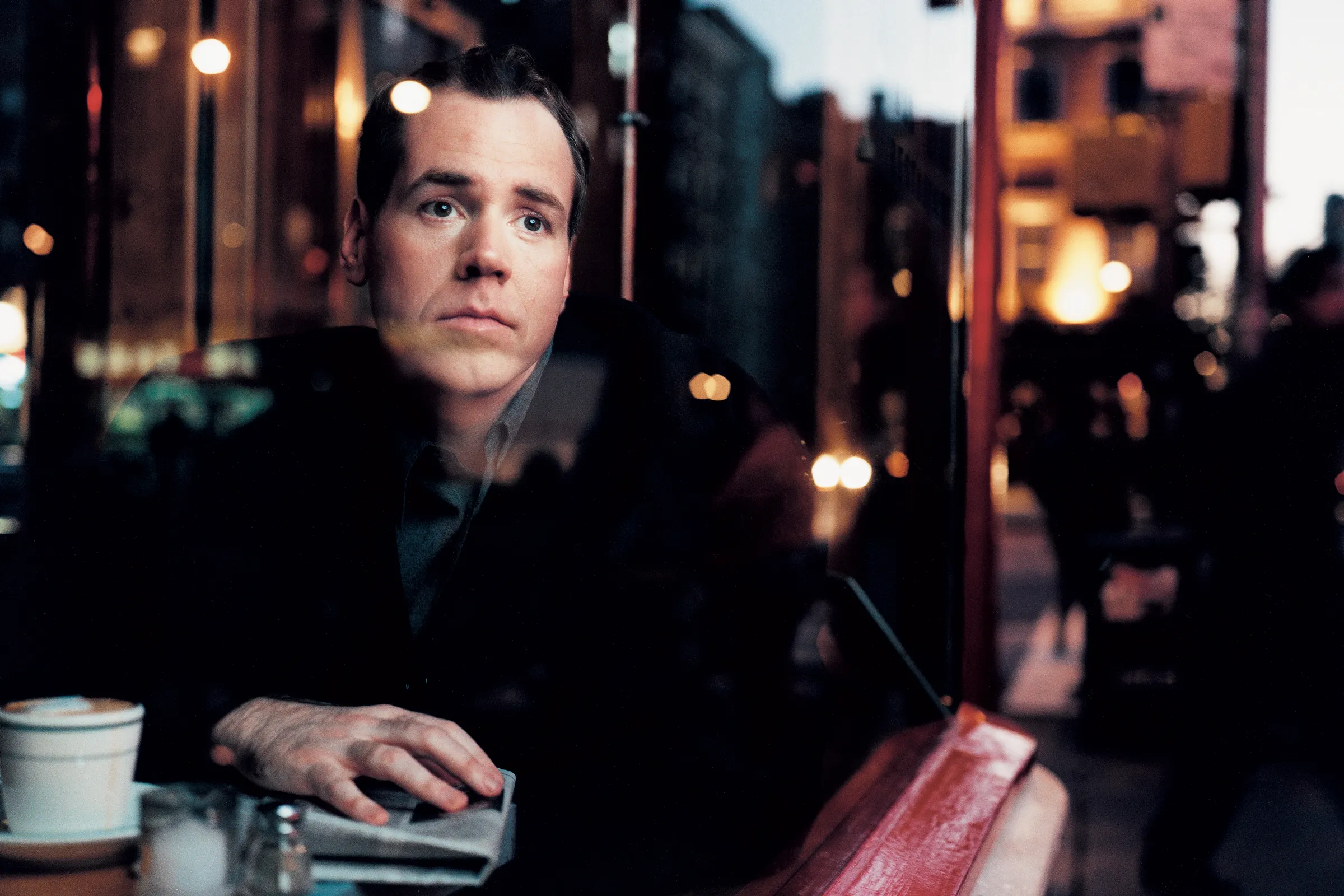
Bret sees entire fictionalized narratives play out after even the smallest of suspicions arise. He views his relationships with people as closer and more intimate than they are; he lives a dramatized life in his head, both in the book and likely in real life as well. And as Bret says throughout the book, it is because he is a writer, a specific creative type whose entire job is to daydream.
Donna Tartt, who attended Bennington College at the same time as Ellis, also later went on to become a prolific author. One of her most popular books is The Secret History, a novel about a group of classic kids at a small liberal arts college who murder one of their friends. 13Tartt, Donna. The Secret History. Knopf, 1992. In a recent article about Tartt, they interviewed plenty of people from Bennington and essentially discovered that she had been heavily inspired to create the characters in her novel from a real-life group of students there. 14Anolik, Lili. “The Secret Oral History of Bennington: The 1980s’ Most Decadent College.” Esquire, 2019, May 28. Allegedly, she’d changed the names but not a lot of the specific details, and then embellished them to her liking, even going so far as to have one of the characters murdered.
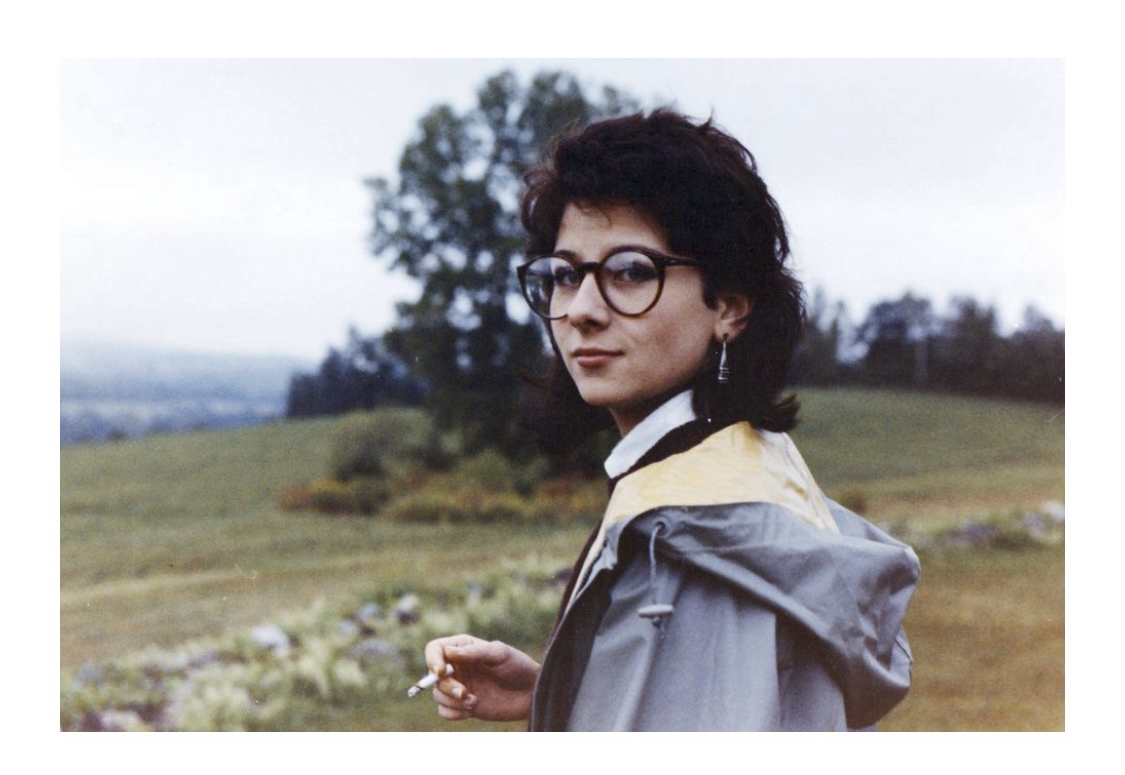
The ethics of this are dubious, especially if Tartt did some of the things the article described (like calling the person the character Bunny was based on and asking them questions to see how Bunny would respond in the story) when the book is fiction. But the thing is, it’s an amazing novel.
The setting is incredibly descriptive and immersive, just like The Shards, and some of the characters feel just like real people — probably because they are. The novel’s immersive setting and “vibe” are the main things it is often praised for. Tartt destroying her reputation with the kids her characters are based on created a hugely popular debut novel. This idea of writers “hearing things that aren’t there,” was true for Tartt and yielded an incredible book.
The reason Ellis hasn’t gotten any overt pushback for the events in his novel is most likely because one, it hasn’t been out as long as Tartt’s and hasn’t gotten nearly as many readers, and two, he essentially fully protected himself by calling it autofiction. If anyone in the book is upset with their portrayal, Ellis can just claim that aspect was fictional, even if it wasn’t.
But many authors might label their books fiction even though they are not entirely fictional, like Tartt. The Secret History is very popular — who’s to say that all writers don’t do this to some degree, and we just haven’t found out?
Are All Books Slightly Autofiction?
Writers, oftentimes, write what they know. Obviously, these writers deviate from what they know plenty, but no one can write a novel entirely full of things they’ve never experienced and feelings they’ve never felt — there has to be some level of truth to it. To what degree that truth varies, but all books contain some amount of autofiction in them, whether the author meant to infuse it in the story or not.
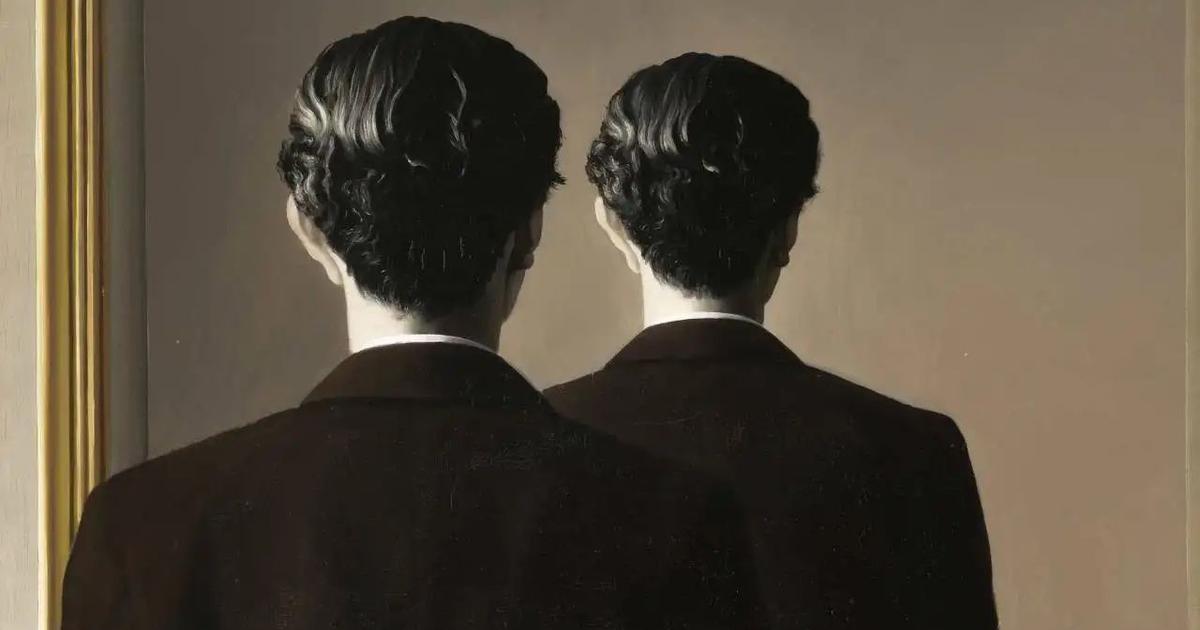
Simply put: we are not ever able to fully hide ourselves behind characters or plot lines or settings. Even in an outright autofiction like The Shards, a novel that purposely blends the real and the fake into one, some things are still easily able to be distinguished between the auto and the fiction.
The Appeal Of Autofiction
The thing about autofiction is that we will never truly know just what part of the autofiction is auto and what is fiction—only the author does. It is unclear how much or how little each autofiction novel will differ from its original story. But that’s also what makes the genre so intriguing.
Some details fall into the crevices — you can’t tell if they’re real or fake. Those details are left up to your own interpretation, making your imagination run wild. Was this real? Did this actually happen? And our imaginations are often much more dramatic and fantastical than reality ever is.
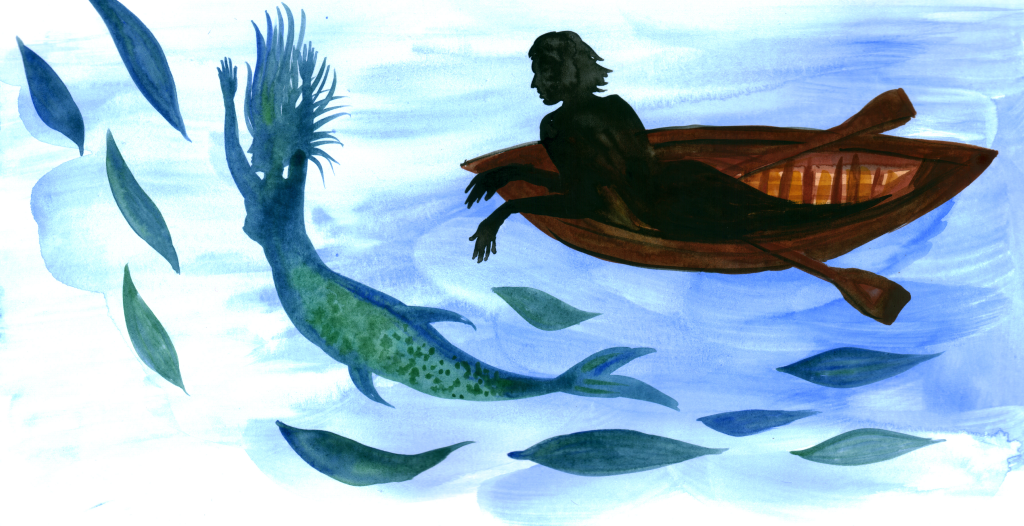
And maybe the best thing about autofiction is that it feels so extremely real in a way that only reality can and fiction cannot. Even with the most engaging fantasy stories, you’re still aware as a reader that they are not real, but Ellis immerses you fully into his life in 1981 — the music he was listening to, the streets he drove down, the vivid images he remembers.
Some of the greatest fictional novels of all time are most likely products of writers living in our reality and “hearing things that [aren’t] there.” The only difference between The Shards and other autofiction novels is that they make the question of what really was there and what wasn’t a part of the reading experience. Overall, the genre as a whole is incredibly intriguing and unique, and we can only hope that Ellis’s release will inspire more entries into it.
Footnotes
- 1Ellis, Bret Easton. The Shards. Knopf, 2023.
- 2Warner, Brooke. “Autofiction: What It Is and What It Isn’t.” Publishers Weekly. 2021, January 8.
- 3Ellis, Bret Easton. American Psycho. Vintage, 1991.
- 4Ellis, Bret Easton. Lunar Park. Knopf, 2005.
- 5Ellis, Bret Easton, Less Than Zero. Simon & Schuster, 1985.
- 6Ellis, Bret Easton. The Rules of Attraction. Simon & Schuster, 1987.
- 7Ellis, Bret Easton. Glamorama. Knopf, 1998.
- 8Bollen, Christopher. “Bret Easton Ellis.” Interview Magazine. 2010, June 2.
- 9Ellis, Bret Easton. Lunar Park. Knopf, 2005.
- 10Ellis, Bret Easton. The Shards, (pg. 173). Knopf, 2023.
- 11Ellis, Bret Easton. The Shards, (pg. 87). Knopf, 2023.
- 12Ellis, Bret Easton. The Shards, (pg. 87). Knopf, 2023.
- 13Tartt, Donna. The Secret History. Knopf, 1992.
- 14Anolik, Lili. “The Secret Oral History of Bennington: The 1980s’ Most Decadent College.” Esquire, 2019, May 28.
